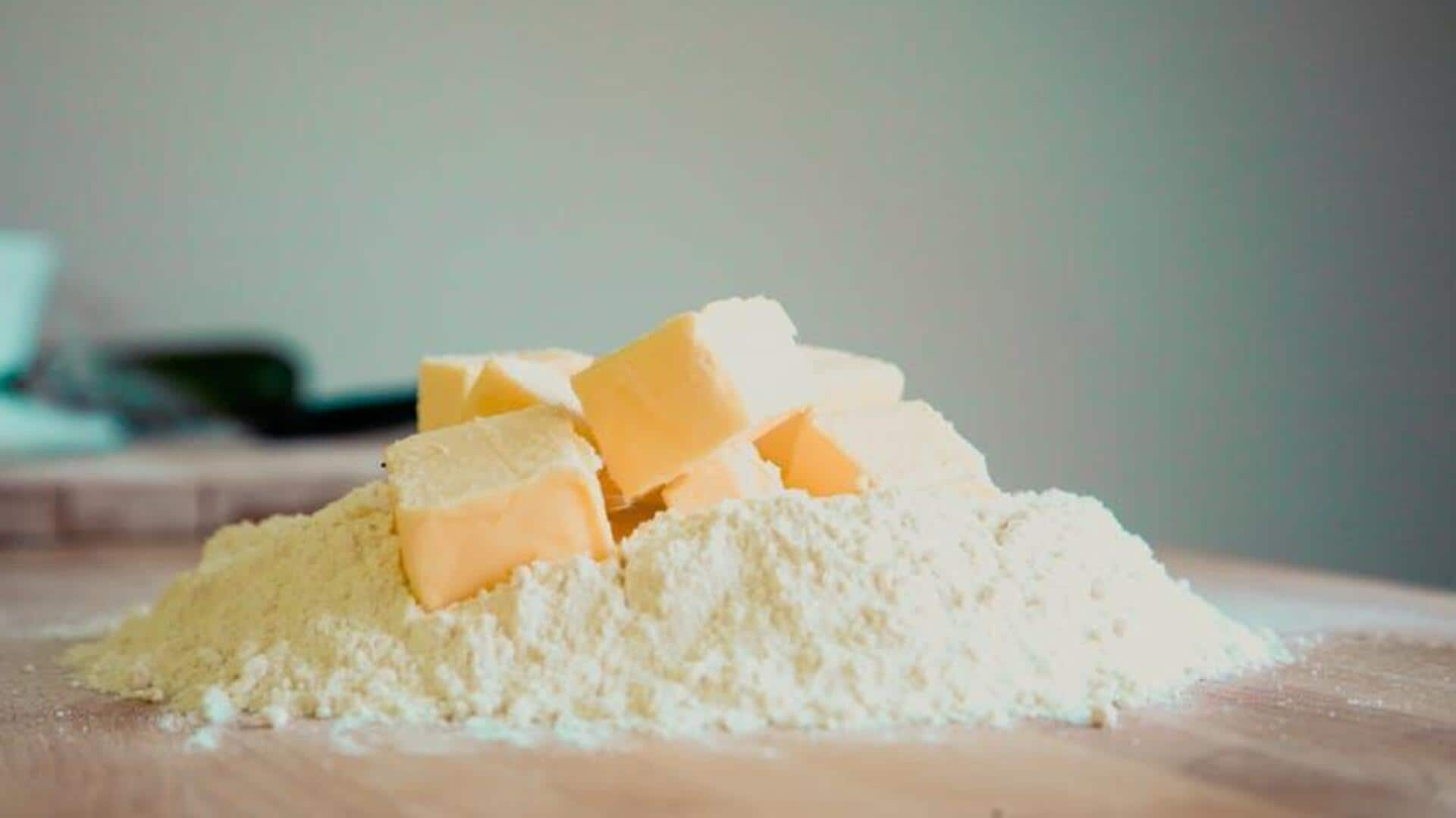
You can master gluten-free baking with these techniques
What's the story
Baking gluten-free can feel intimidating for many, as gluten-free flours behave quite differently than traditional wheat flour.
However, with some knowledge and the right techniques, you can make delicious and satisfying gluten-free baked goods that everyone will love.
This article shares five key tips to level up your gluten-free baking game.
Flour basics
Understanding gluten-free flours
Gluten-free baking is a bit trickier because gluten is what gives structure to baked goods.
Each type of gluten-free flour, whether made from grains, nuts, or seeds, has its own unique properties.
You can create a blend that mimics the texture of wheat flour by combining different types of flour, such as rice, almond meal, and tapioca starch.
Moisture matters
Hydration is key
A common issue in gluten-free baking is dryness. Gluten-free flours often absorb more liquid than wheat flour.
To combat this, you need to increase the liquid in your recipes.
Even adding 10-15% more liquid than what's called for in conventional recipes can help ensure your baked goods turn out moist.
Plus, adding ingredients like xanthan gum or guar gum can be beneficial as they help retain moisture and enhance texture.
Heat control
The importance of oven temperature
Oven temperature is important for all baking, but it's especially crucial for gluten-free treats.
Gluten-free items, due to their unique moisture content and density, often need lower baking temps or longer cook times compared to traditional wheat-based recipes.
An oven thermometer helps guarantee you're setting the right temp, leading to perfectly baked goodies every time - no more underdone or burnt surprises!
Rising challenges
Experiment with leavening agents
Leavening agents such as yeast, baking powder, and baking soda play a key role in introducing lightness and volume.
Because gluten-free recipes lack gluten to capture air bubbles, you may need to use a bit more of these agents.
This tweak allows breads and cakes to rise more effectively, making up for the lack of gluten.
Baking journey
Practice makes perfect
The last tip is the most important one: keep practicing.
Gluten-free baking can be tricky, but the more you play around with different flours, hydration levels, oven temperatures, and leavening amounts, the more comfortable you'll get.
Take notes on what works (and what doesn't) - this way, you can tweak and improve your techniques with each try.